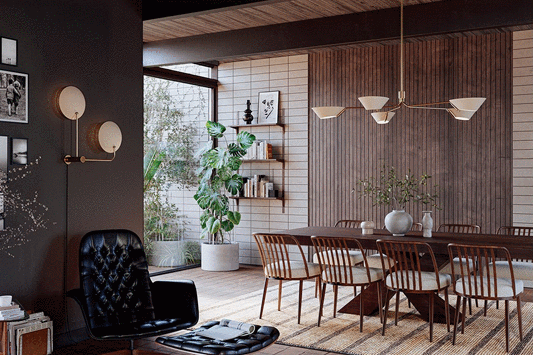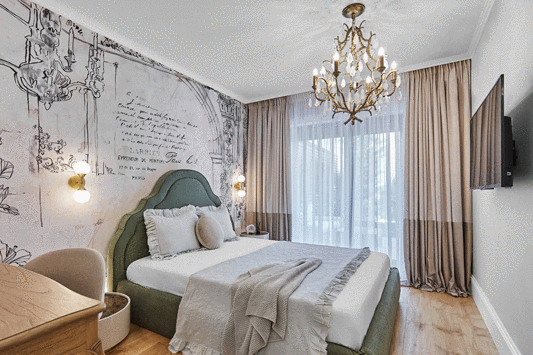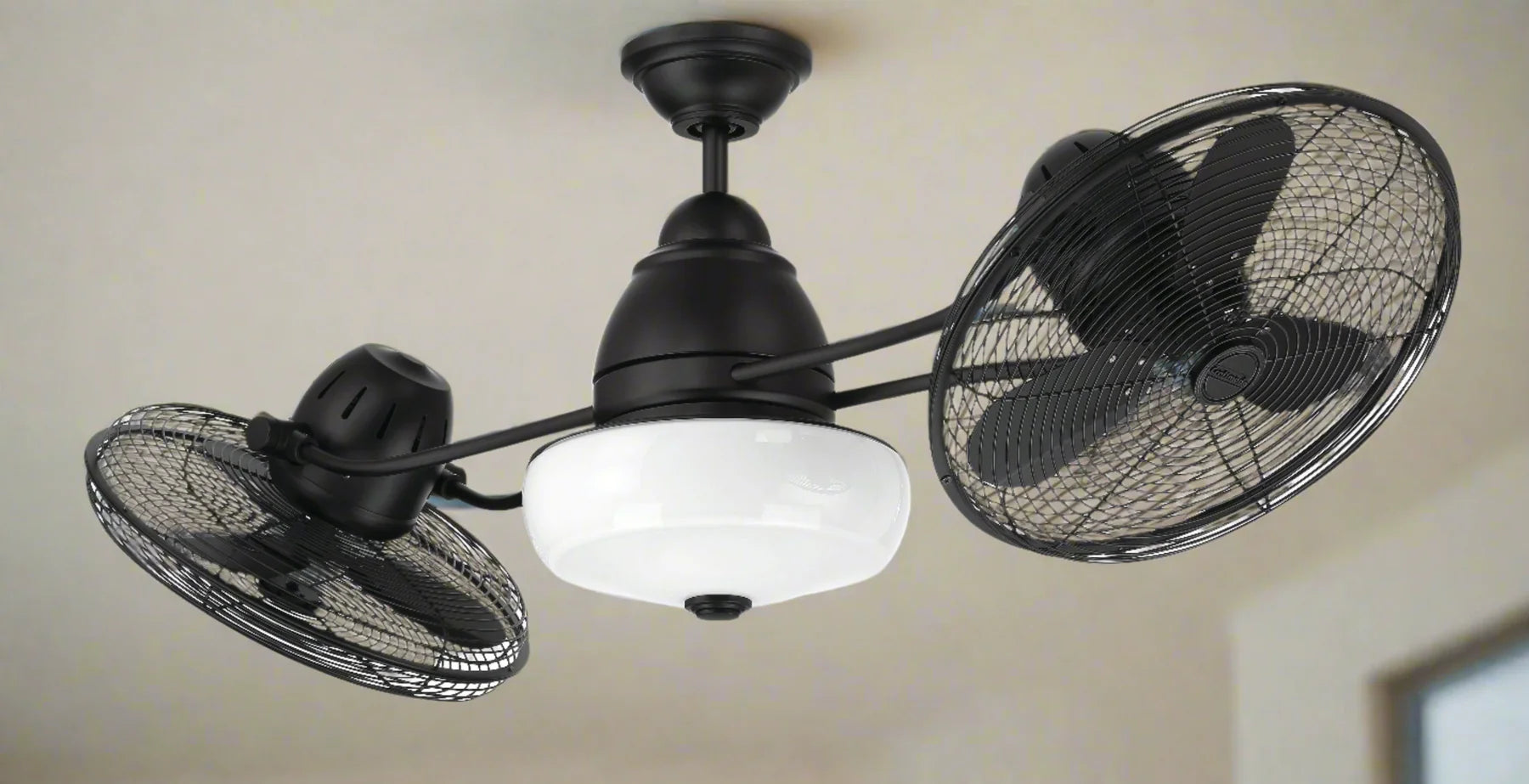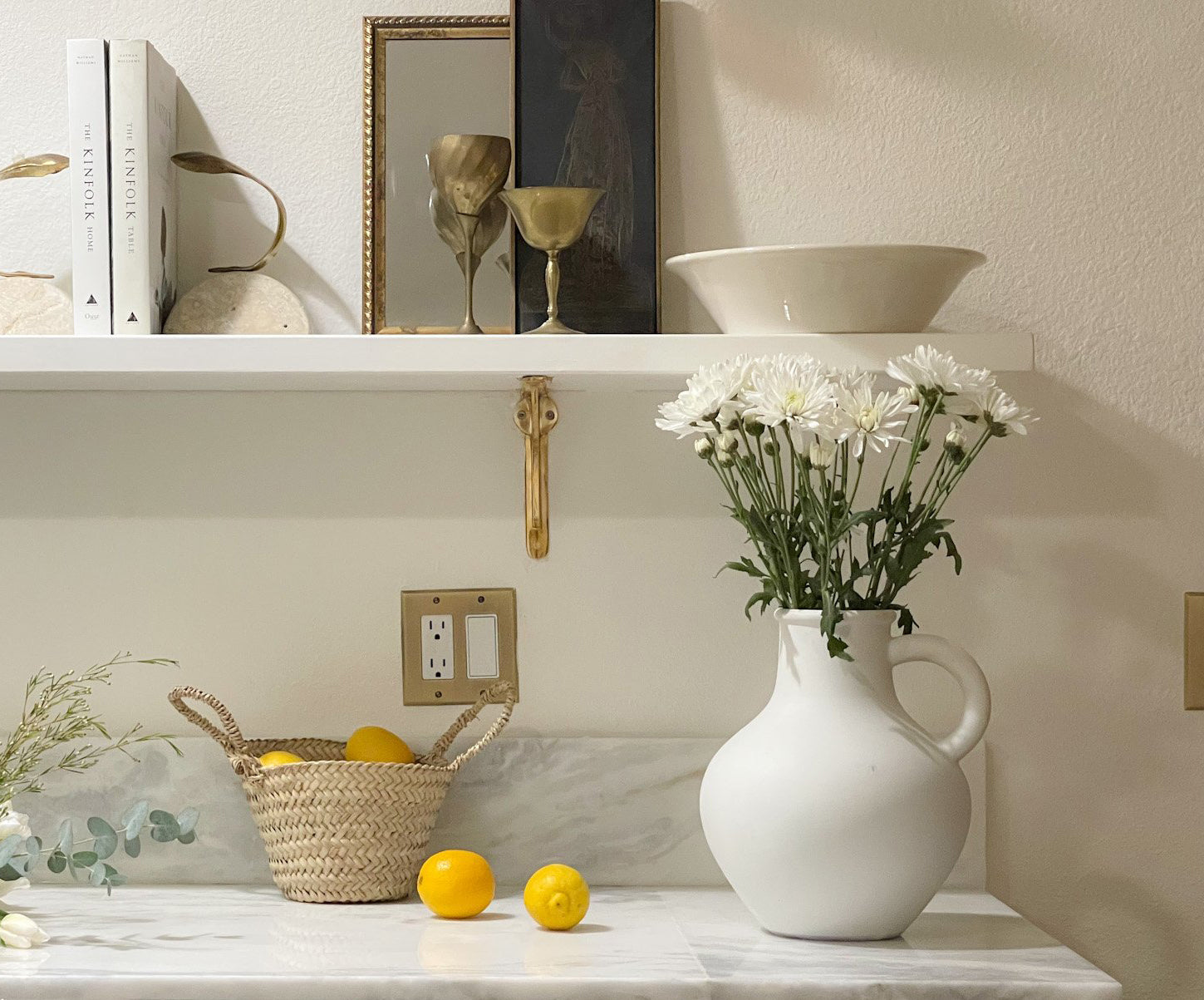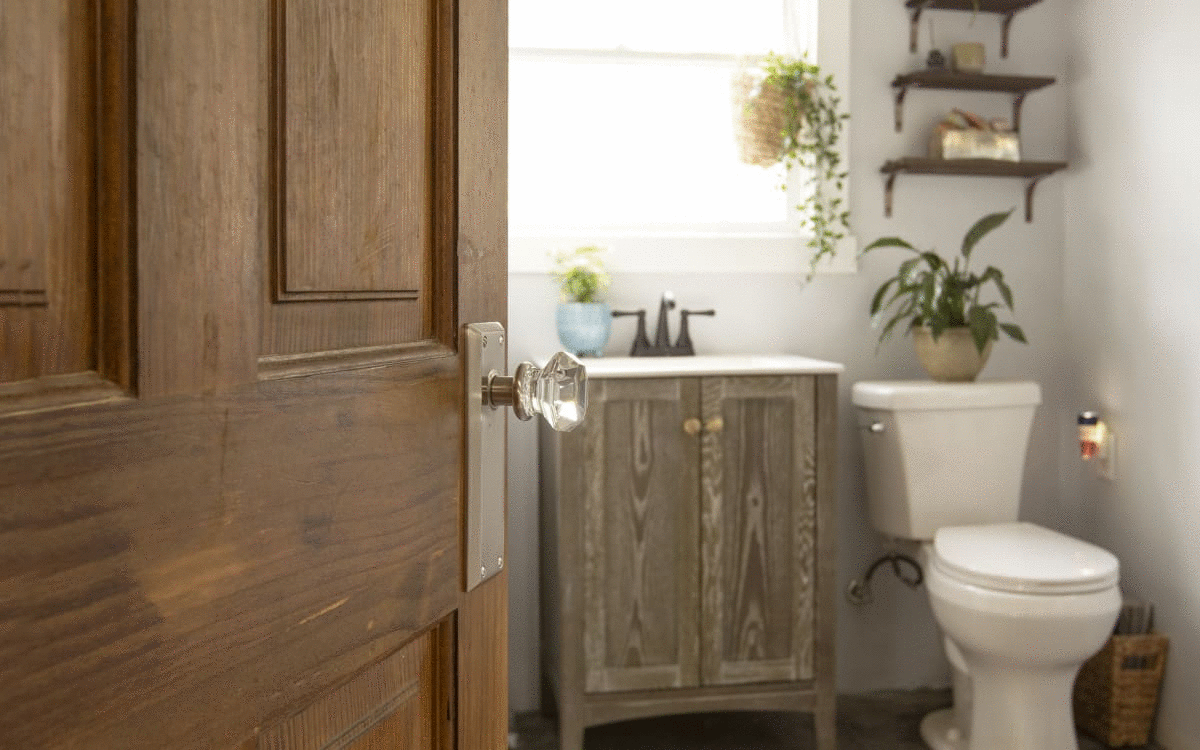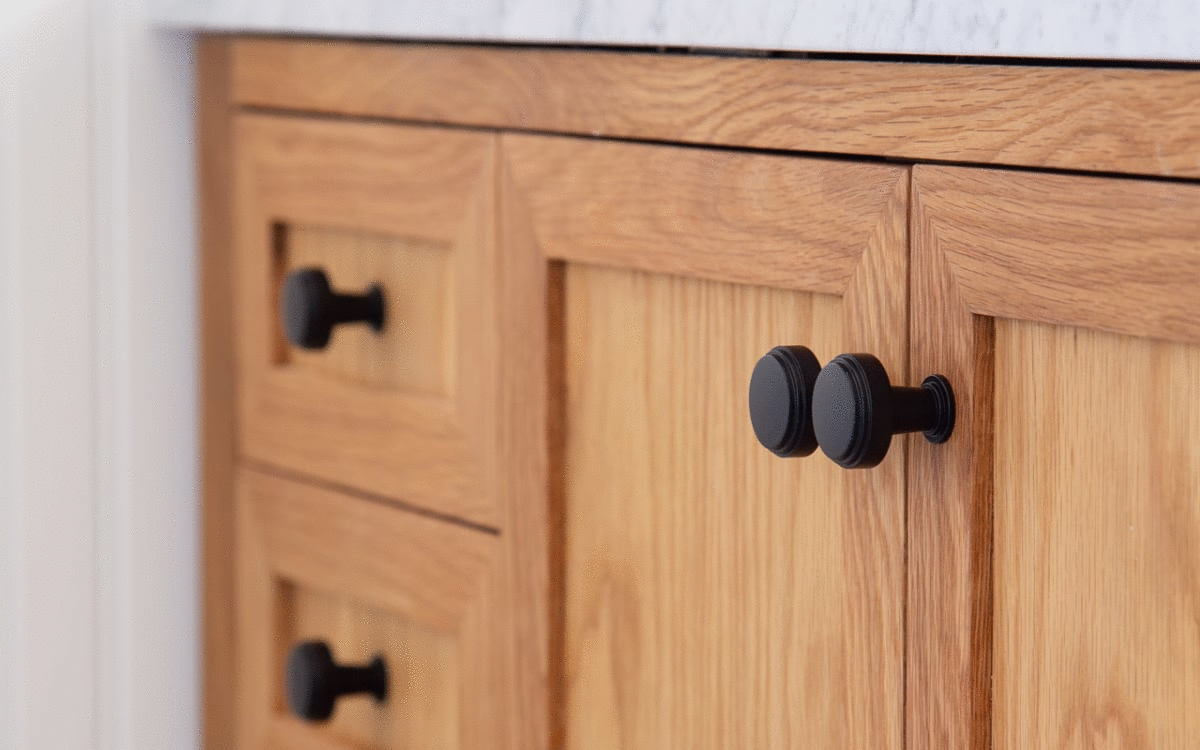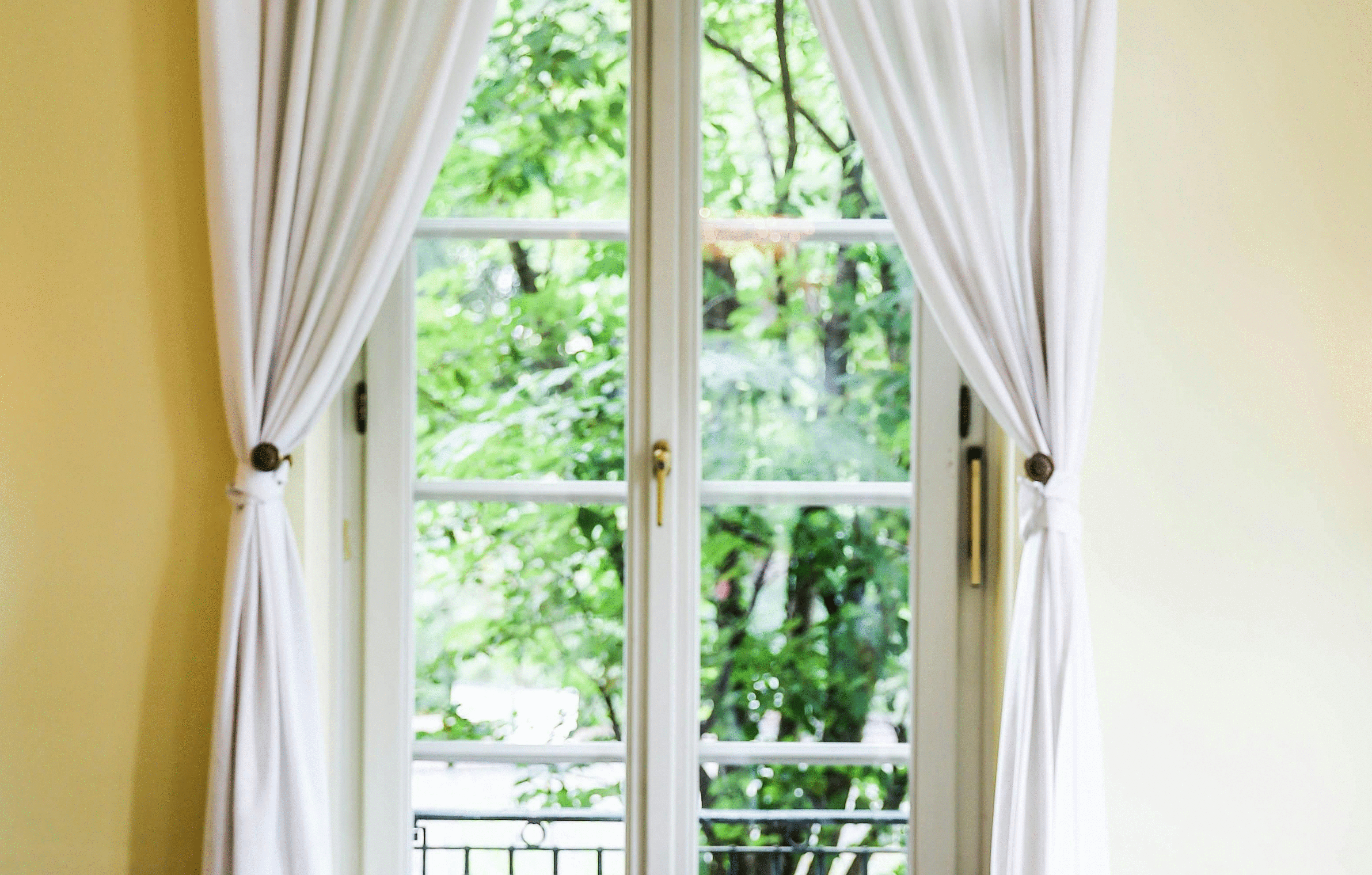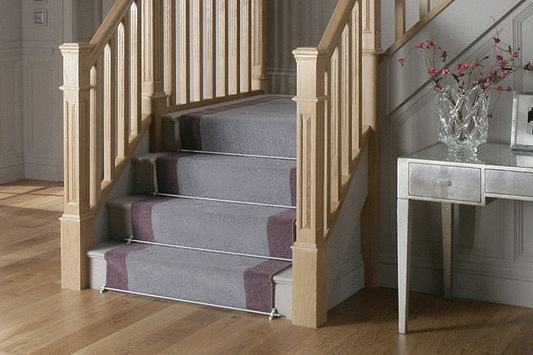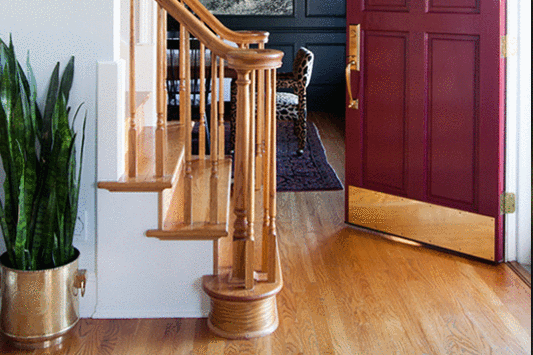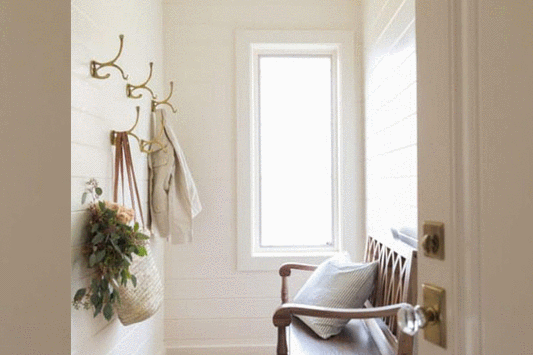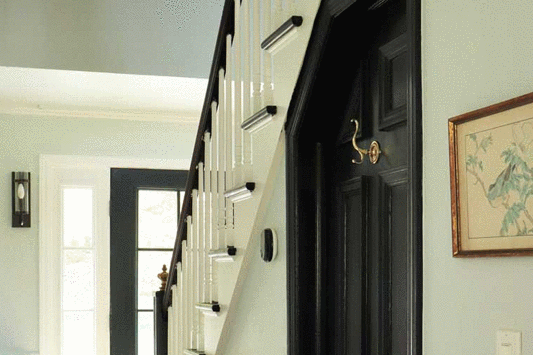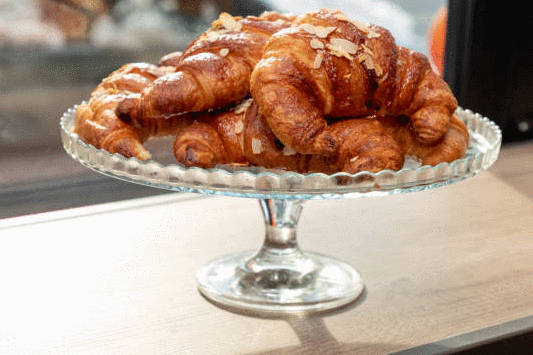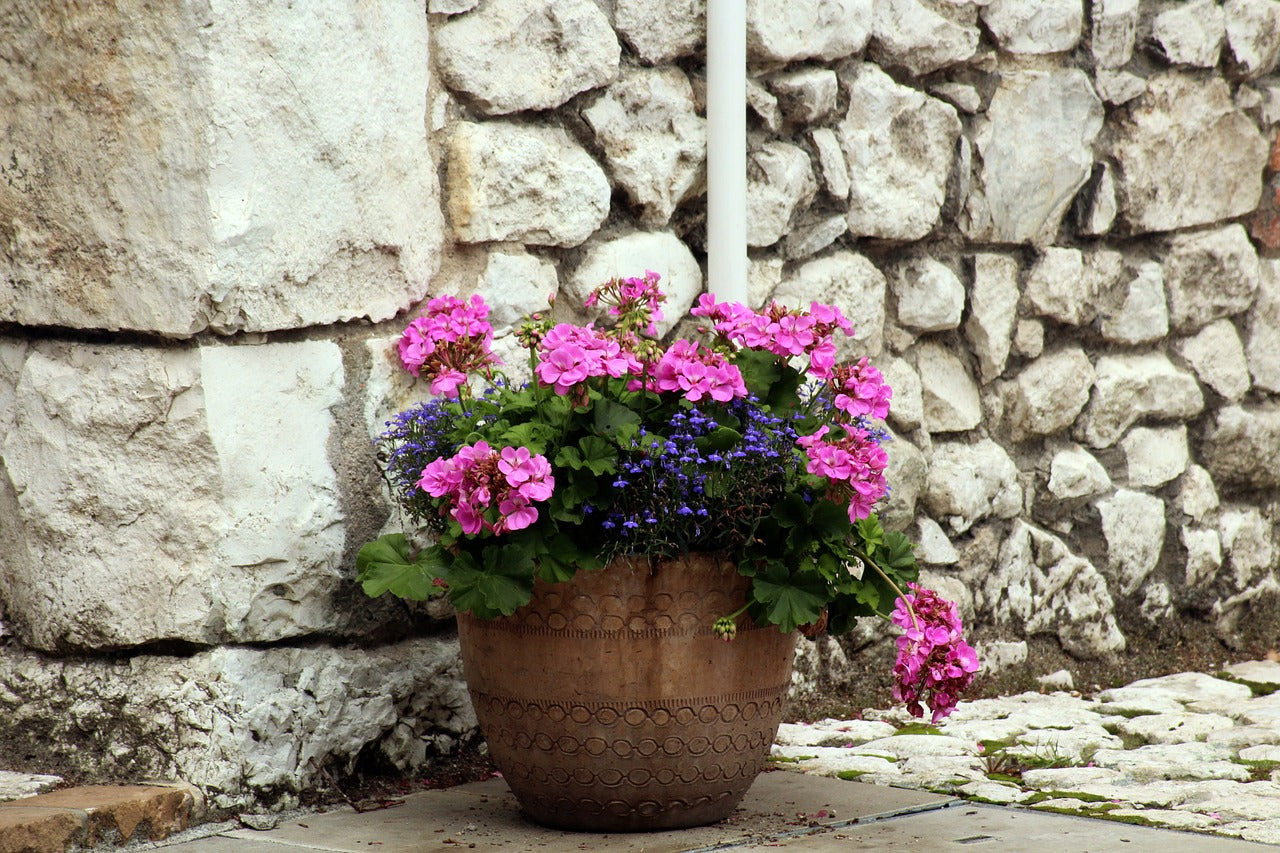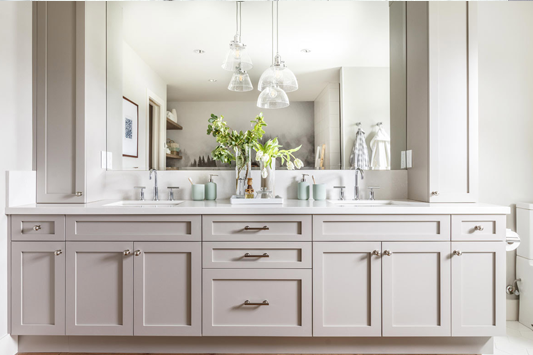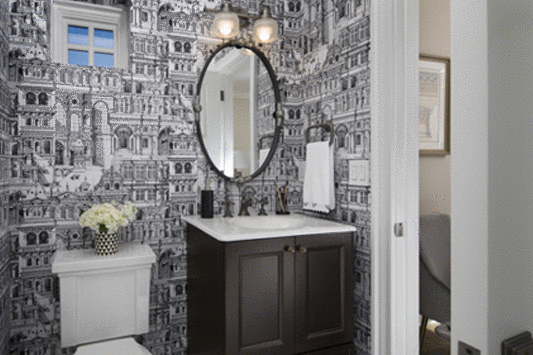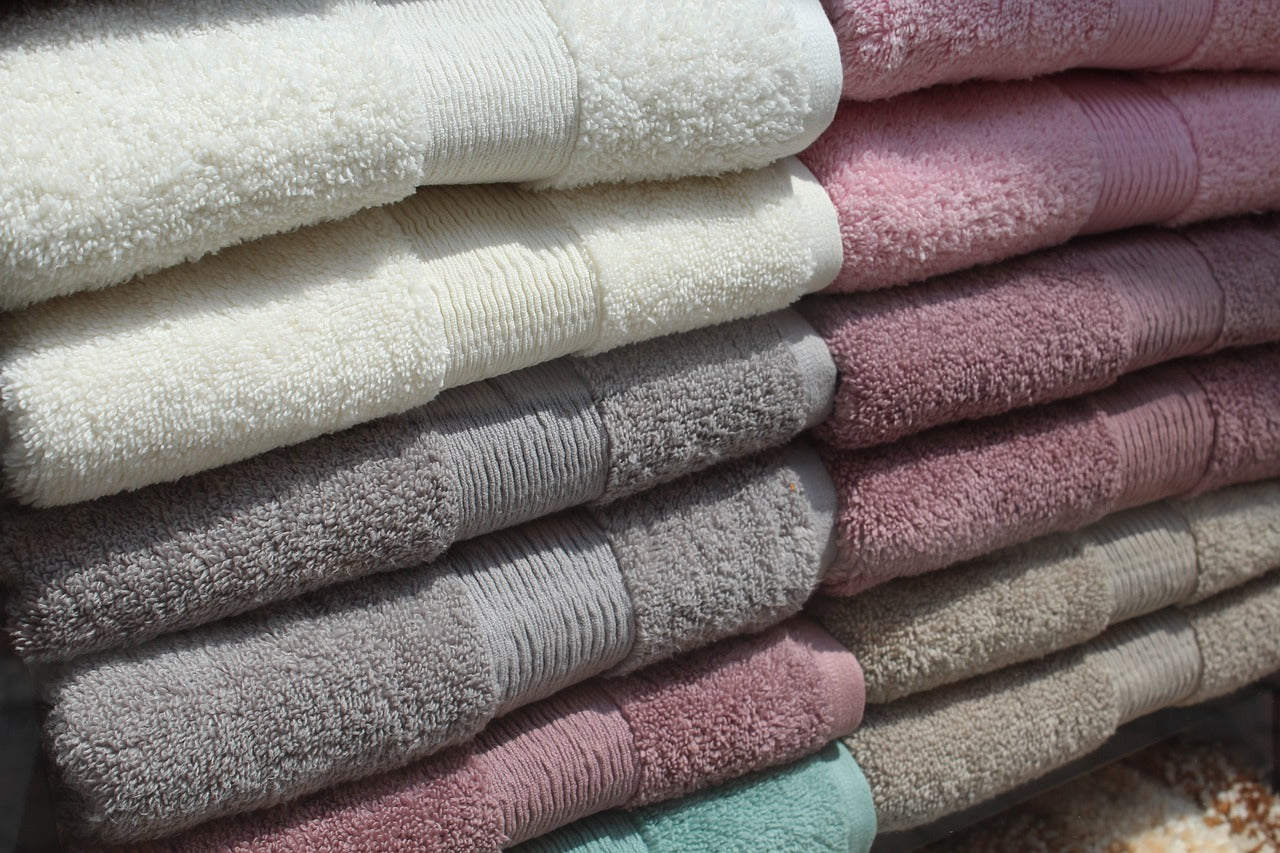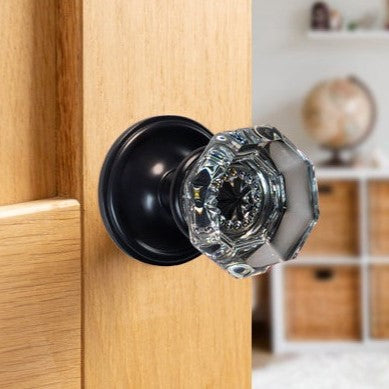Duncan Phyfe Hardware
Duncan Phyfe Furniture and Hardware Blends Two Classic Styles
Most people have heard of Duncan Phyfe furniture, even if they have no idea who the furniture was named after. Leaving Scotland, Duncan Phyfe immigrated as a poor man to the infant United States in 1784 with his family. Settling in New York City in 1791, he started a cabinet making company which became highly successful. New York, Philadelphia and the South’s wealthy citizens adored his furniture which blended two classic styles – Regency and English Neoclassical. Duncan Phyfe furniture is said to adapt English neoclassical features from a variety of furniture designers that included Hepplewhite, Empire, Sheraton and the Adam brothers.
|
|
|
|
 |
 |
 |
The cabinet business was so successful that the manufacturing and warehousing operations employed at least a hundred people and turned Duncan Phyfe into a wealthy man. He is credited with establishing the first furniture factory in the U.S. His pieces were in demand until he retired in 1847 and continued to be popular until his death in 1854. In the early 1900s there was a revival of the Duncan Phyfe style, and it remains popular today.
|
|
|
|
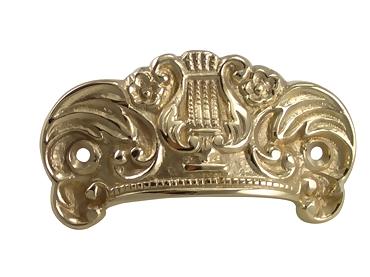 |
 |
 |
Simple Style With Classical Motifs
The original Duncan Phyfe antiques are high quality pieces that graced many high-priced homes. He did not sign his furniture so antique lovers have difficulty identifying original pieces from antique reproductions. Phyfe used red mahogany imported from Santo Domingo and Cuba until about 1830 and then began to make furniture out of native North American woods like walnut, rosewood, satinwood and maple. Veneer panels were blended with hardwoods to create interesting effects. His furniture is described by museums as being balanced, symmetrical, well-proportioned and somewhat simplistic. However, the simplicity was part of the lure of the furniture.
|
|
|
|
 |
 |
 |
There is a rich variety of Duncan Phyfe furniture pieces that are now antiques or are reproductions. There are window benches, drop leaf breakfast tables with a center pedestal, dining tables with double pedestals and matching chairs, sewing stands, round pedestal tables with drawers, drum tables, tilt-top tables, chairs, sofas, beds and cabinets. The style is characterized by reeded legs on many of the furniture pieces. Also, some legs end in brass claws.
|
|
|
|
 |
 |
 |
One of the most interesting features of Duncan Phyfe furniture is the addition of ornamentation and neoclassic motifs. As would be expected of furniture that incorporates neoclassical styles, the motifs include the symbols associated with Greek and Roman architecture. There are rosettes, trumpets, acanthus leaves, palm leaf, wheat ears, drapery swags, and urn turned posts.
The most distinctive feature of Duncan Phyfe furniture is the lyre design. The furniture lyre is the u-shaped frame with wood “strings.” The lyre is usually found on the backs of chairs and on the arms of chairs where there is a scrolling effect.
The Right Style Hardware
Antique and furniture dealers always emphasize that Duncan Phyfe furniture is now considered a style of furniture because original furniture pieces identified as Duncan Phyfe are so rare. The cabinetmaker Duncan Phyfe did not sign his pieces leaving no trail for identifying original furniture.
|
|
|
|
 |
 |
 |
The typical hardware found on antique, revival and new furniture is brass or glass. To keep the furniture authentic, you will want to replace damaged or missing hardware with pieces true to the period. Typical hardware needing replacement includes:
- Brass claws
- Drop pulls with rosettes
- Brass knobs and pulls
- Escutcheons
- Backplates
- Glass knobs
- Cabinet hinges
- Brass toe caps
|
|
|
|
 |
 |
 |
Since Duncan Phyfe furniture is a style, you can use any type of hardware that you find most attractive. If it’s reproduction furniture purchased fairly recently, the hardware is easy to match.
Duncan Phyfe furniture has a style that has endured for over 150 years. It’s a style that fits so many homes with simple grace and beauty. Whether your furniture is old or new, there’s hardware available that can add the finishing touches like those Duncan Phyfe himself so appreciated.
|
|
|
|
 |
 |
 |


